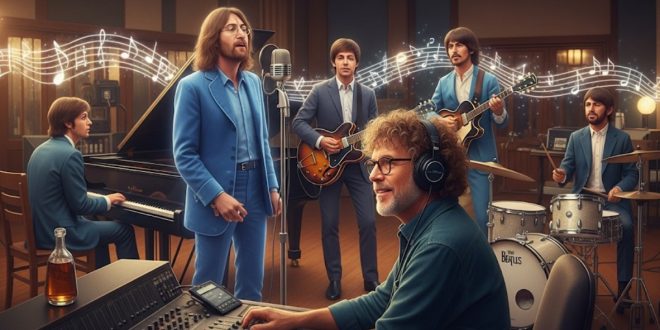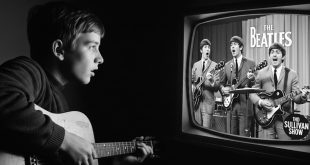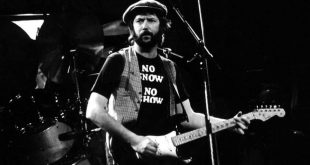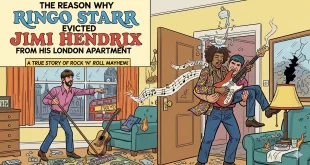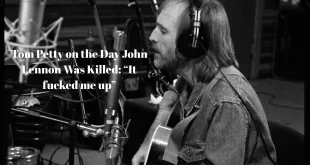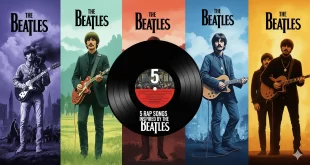By the mid-1990s, Jeff Lynne, best known as the mastermind behind the Electric Light Orchestra (ELO), had already established himself as one of rock’s most versatile figures. His résumé included collaborations with George Harrison (Cloud Nine), Roy Orbison (Mystery Girl), and Tom Petty (Full Moon Fever). He even brought all three together — plus Bob Dylan — for the supergroup The Traveling Wilburys, a project that became a cult classic.
But nothing could compare to the call he received from Harrison in 1994. The surviving Beatles — Paul McCartney, George Harrison, and Ringo Starr — were preparing the ambitious Anthology project, which would not only chronicle their history but also introduce new Beatles songs built around John Lennon’s unreleased home demos.
George Martin Steps Aside
Traditionally, The Beatles’ go-to producer had always been George Martin, the legendary “Fifth Beatle.” Unfortunately, Martin was struggling with hearing issues in the 1990s and felt he couldn’t do the project justice. That left the band looking for someone they trusted — and Harrison insisted on Jeff Lynne.
“George asked me to do this, and it was the hardest thing I’ve had to do in my life,” Lynne later told Rolling Stone. “There was this elation and dread at the same time.”
The Challenge: John Lennon’s Demo
The task was daunting. Lynne was given only a lo-fi mono cassette recording of John Lennon singing “Free As A Bird” in 1977. His job: transform it into a fully produced Beatles track that sounded authentic and worthy of the band’s legacy.
“I came to the first session with George, and we were late, which was a bad start,” Lynne recalled. “Ringo and Paul were already there. All four of us sat down at a table, the first time they’d all been together for about 20 years. They spent a long time talking about the old days, just reminiscing. I was thrilled to bits. It was what I always dreamed of.”
Rebuilding a Beatles Song Without Modern Tech
Working with Lennon’s fragile demo was painstaking. In the days before Pro Tools and modern digital editing, Lynne relied on samplers and tape splicing.
“One night I waited until everyone went home, and I started to work,” Lynne explained. “I got John’s first line in there, nudged it a bit, and then pressed John in with my finger so it went onto the tape in the right place. I did that all the way through the song, fitting him in wherever I could. It would have been much easier if I had ProTools.”
The process was slow, manual, and exhausting. Some nights Lynne doubted whether he could pull it off. But his persistence paid off.
Paul McCartney’s Seal of Approval
The breakthrough came when Paul McCartney heard the updated mix.
“The next morning, Paul came in and was like, ‘Jeff, you did it! Well done.’ He gave me a big hug,” Lynne remembered. “It was a relief and a pleasure at the same time.”
A Dream Come True
For Jeff Lynne, the project was the ultimate validation. He had gone from being a Beatles fan in the 1960s to helping them reunite two decades later. His work on “Free As A Bird” and later “Real Love” not only honored Lennon’s memory but also gave fans one last glimpse of The Beatles working together.
Though Lynne admitted it was the hardest challenge of his career, it was also the realization of a lifelong dream:
“All four of us sat down together… It was what I always dreamed of.”
Conclusion
The story of Jeff Lynne producing The Beatles is more than just a technical achievement; it’s a testament to perseverance, friendship, and the enduring power of music. “Free As A Bird” remains a poignant reminder of what made The Beatles timeless — and how Jeff Lynne helped them soar one last time.
